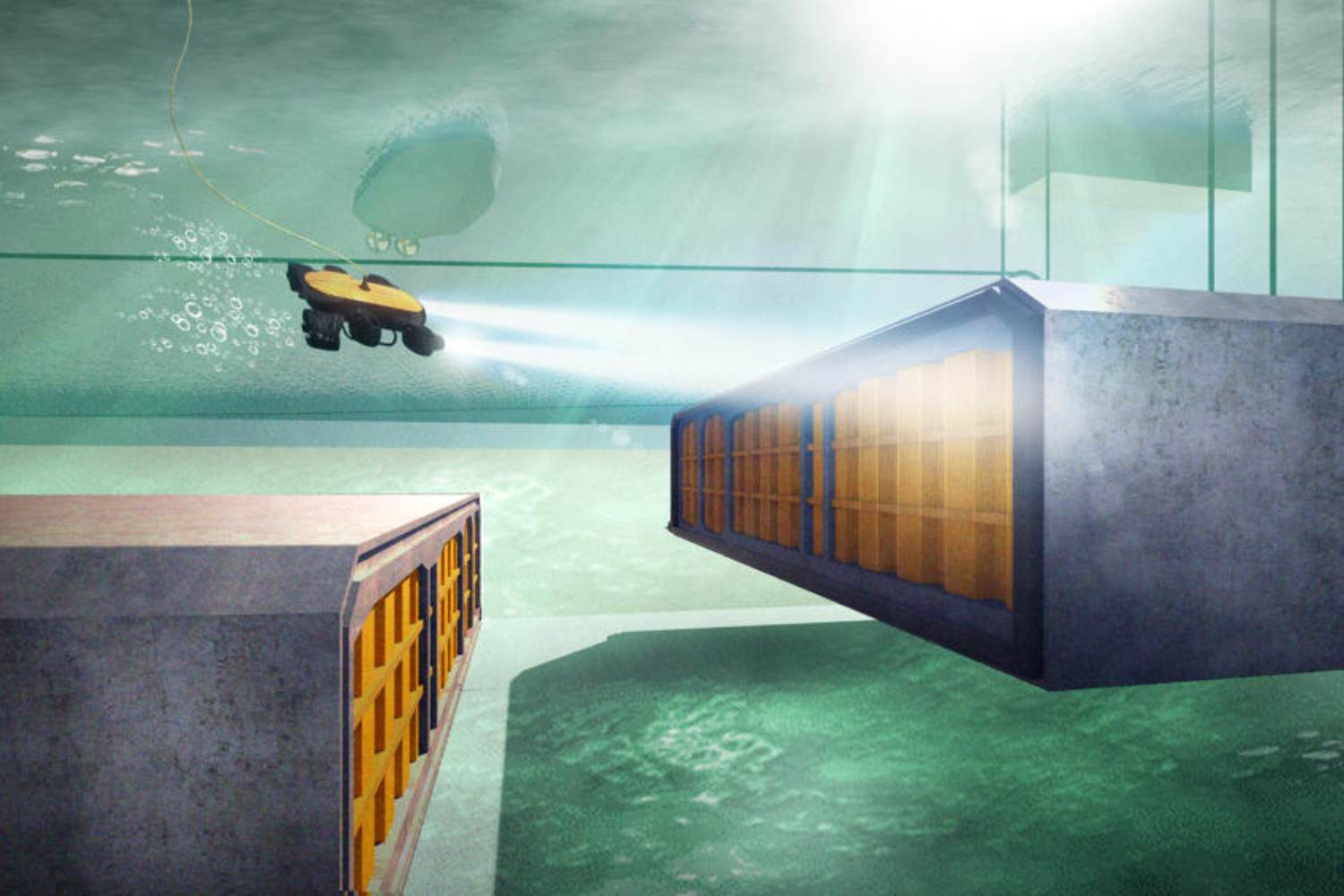The longest underwater tunnel in the world is being built under the Baltic Sea, which will connect Germany and Denmark and allow you to cross it in just 10 minutes by car: it will be built with segments connected to each other like Lego bricks

@Femern
One of the most ambitious engineering projects of modern times is taking shape beneath the Baltic Sea: the Fehmarnbelt Tunnel, set to connect Germany and Denmark with a world-record structure. Stretching 11.3 miles (18.2 kilometers) long and 130 feet (40 meters) deep, this tunnel will be the longest undersea tunnel in the world, cutting the current bridge crossing distance between the two countries by about 100 miles (160 kilometers).
With an estimated investment of $11 billion (10 billion euros), the tunnel will be part of the European Union’s TEN-T network, enhancing connectivity between Northern and Southern Europe. Inside, the tunnel will house two motorway lanes per direction and two electrified railway tracks, alongside a fifth central bore dedicated to services and safety. Vehicles will travel through the tunnel at speeds of 68 mph (110 km/h), while trains will reach up to 124 mph (200 km/h), enabling crossings in 10 minutes by car and just 7 minutes by train.
Construction: balancing engineering and millimeter precision
Unlike other undersea tunnels carved through rock, the Fehmarnbelt Tunnel will be constructed by assembling 89 massive prefabricated concrete segments, each measuring 712 feet long (217 meters), 138 feet wide (42 meters), and weighing 81,100 tons (73,500 metric tons). These segments will be placed at a depth of 130 feet in a specially excavated seabed trench with an astonishing 15-millimeter (0.6 inch) precision, guided by underwater cameras and GPS-controlled instruments.
The project’s hub is in Rødbyhavn, on the island of Lolland, where a massive segment factory spans 16 million square feet (1.5 million square meters). The segments will be lowered into the sea one by one, joined like Lego bricks (no coincidence, given Lego’s Danish origin), sealed with rubber gaskets, and reinforced with additional concrete to counteract buoyancy forces.
The structure will feature emergency exits every 330 feet (100 meters), well beyond European safety standards. The tunnel bores will be separated by traffic type and direction for extra protection. The entire tunnel will be monitored around the clock from a control center in Denmark and the Copenhagen railway control room. Additionally, all internal surfaces will be clad in fire-resistant materials capable of withstanding temperatures up to 2,460 °F (1,350 °C). Completion is scheduled for 2029.
Source: Femern
